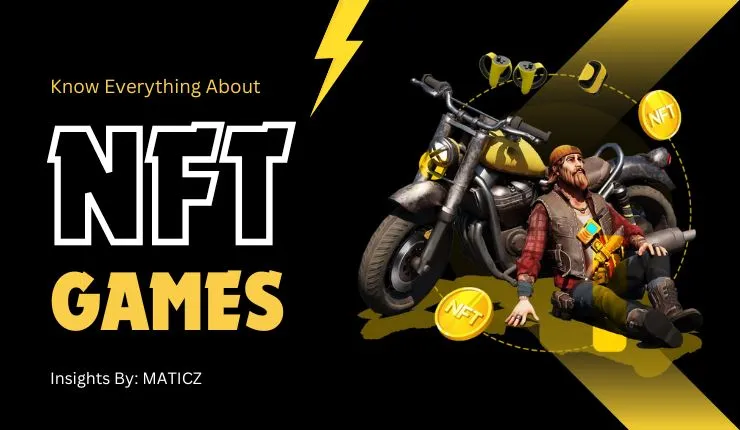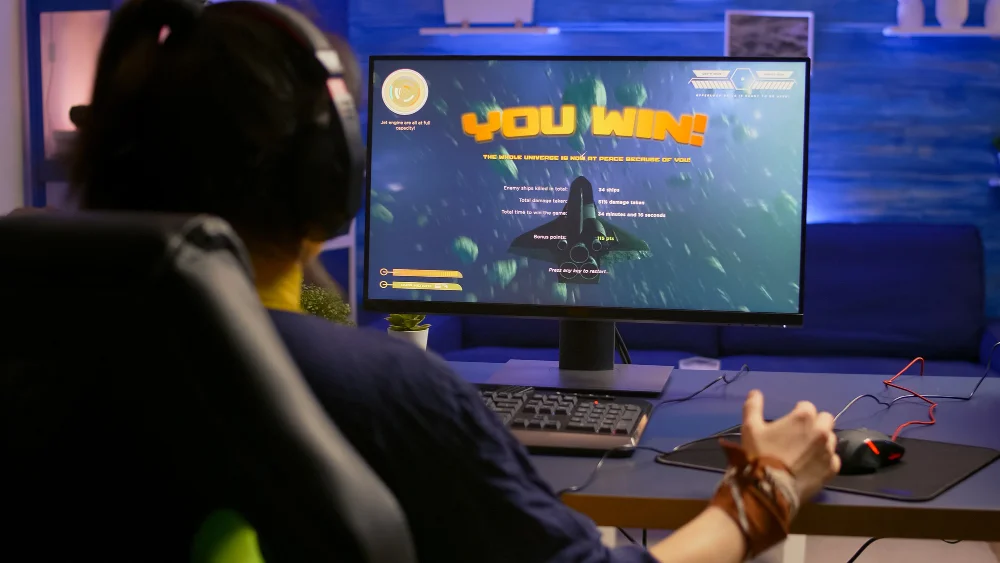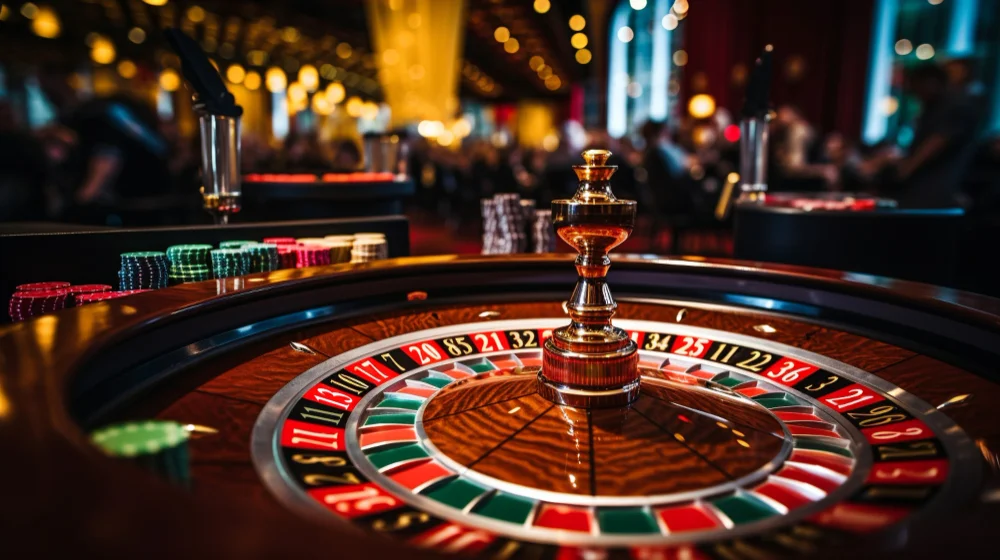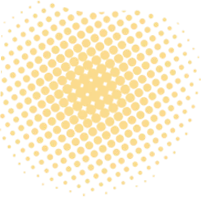Share Posts

5 Best NFT Games in 2025
46
4098
103
The gaming ecosystem has evolved and transformed into a multi-million industry and NFT has taken it to a different level with millions of gaming players around the world. NFT, With its innovative approach, players can now create real-world value from their in-game activities, bridging the gap between gaming and finance and transforming the way players interact with the games. Now, Let’s see why NFT games are the future of gaming;
What are NFT Games?
NFT games are video games that include unique and verifiable digital assets in the game based on blockchain technology. These digital assets are represented as NFTs, known as unique tokens that cannot be duplicated or traded one-to-one.
NFTs can be gaming characters, objects, or virtual real estate that can be owned, traded, and used by NFT game players. The ownership of NFTs is safely maintained in the blockchain which is secure, transparent, and immutable.
NFTs provide gamers with a sense of ownership and the ability to monetize their digital assets outside the gaming environment. However, play-to-earn features allow players to earn rewards or crypto tokens for active engagement, task completion, and supporting the gaming community.
For example, Play-to-earn games, where users can earn rewards, cryptocurrencies, or tokens by actively engaging in the game, are one of the distinguished features of NFT gaming. This can involve completing the missions, winning battles, boosting the game’s economy, or creating and selling valuable in-game items.
Players can now make money from the time and effort they spend playing the game because of the blockchain integration, which allows developers to create decentralized economies and incentives. Some of the top NFT games include Axie Infinity, Deaddrop, The Sandbox, Splinterlands, Fortnite, League of Kingdoms and many more.
As the NFT gaming ecosystem continues to evolve, developers are looking into ways to improve player experiences, support active player communities, and create sustainable ecosystems within their virtual worlds. Let’s get to know the mechanism behind it.
How Does NFT Games Work?
NFT games work in the concept of combining traditional video games and blockchain technology, where digital assets are used primarily. Every NFT denotes the ownership of a particular virtual asset, character, or in-game item. These assets are immutable and cannot be duplicated like Bitcoin and Ethereum.
By enabling players to truly own their assets and exchange them with people outside the gaming environment, NFT brings an innovative shift in the gaming industry. NFTs have different gaming mechanisms depending on the particular game design and genre.
Players frequently obtain NFTs through in-game activities and events, buying them from other players, or gameplay. Transparency, security, and immutability are guaranteed by blockchain, which keeps track of the NFT's ownership and transaction history.
Why is NFT Gaming so Popular?
NFT gaming possesses positive prospects in the future. The demand for these platforms grows as more players realize the benefits of owning in-game items and earning through gameplay. The growth will accelerate because the advancements in blockchain technology will make these platforms more user-friendly, efficient, and secure. Let’s have a look at the attributes of growth;
True Ownership - NFT games offer true ownership of in-game items they use. It also offers users the freedom to purchase, sell, or trade digital assets, in contrast, to traditional video games where users do not have any rights over their possessions.
Rare and Exclusive Assets - With NFTs, players and developers can create unique and rare digital assets, increasing their creations' value and popularity. Players are drawn in by the fact that they own exclusive items that set them apart from others and improve their in-game achievements.
Play-to-earn Opportunities - A lot of NFT games have the play-to-earn feature where the players win real money for active participation or task completion games. Players who see gaming as a source of revenue with additional entertainment are drawn to this concept.
Creative Gameplay - NFT games often have innovative gameplay mechanics that make distinctive use of NFTs and blockchain technology. Whether trading, breeding, or collecting digital assets, NFT games provide players with unique gaming experiences that sustain a broad spectrum of interests.
Investment Opportunities - Investors hoping to profit from the growing market, are attracted to NFTs in the gaming industry. Rare and valuable in-game items have the potential to increase their value over time and attract traditional gamers and cryptocurrency investors which brings excitement and involvement.
Community Engagement - NFTs frequently create gaming communities of players with similar objectives and interests. These communities offer social interaction, community support, and cooperation by allowing them to trade, compete, collaborate, and showcase their accomplishments.
Rewards - In NFT gaming, players are often rewarded with in-game items, tokens, exclusive assets, and cryptocurrencies in play-to-earn games for active participation and achievements. This reward-based gameplay offers chances for trading, crafting, and contributing to the gaming ecosystems.
5 Best NFT Games to Play
This blog lists some of the NFT games that people enjoy playing and earning well in recent times;
Axie Infinity
Axie Infinity is a blockchain-based game, renowned for its play-to-earn mechanics, where players are allowed to collect, breed and battle formidable creatures called Axie. Players can earn the native cryptocurrency, AXS, and SLP (Smooth Love Potion) by actively participating in the game and completing the tasks within the game.
Decentraland
It is known as a virtual world, where players are offered opportunities to buy, sell, and develop virtual real estate using blockchain technology. Decentraland is built on the Ethereum blockchain and allows players to explore, create, and monetize their virtual environment, and marketplaces, making it a vibrant platform for creativity and commerce.
The Sandbox
The Sandbox is also a virtual world built using voxels, built on the Ethereum blockchain, which gives players the ability to create, sell, and monetize their gaming experiences, focusing on user-generated content. Characters, equipment, and lands are the NFT assets that are central to the game’s economy and can be traded or used to create immersive gaming experiences.
Cryptokitties
The Cryptokitties is one of the earliest NFT games built on the Ethereum blockchain, that gained mainstream attention, which allows players to collect, breed, and trade unique digital cats. Each crypto kitty is an NFT, with a unique set of characteristics, fostering a thriving marketplace to buy, breed, or sell those virtual cats.
Gods Unchained
Gods Unchained is a blockchain-based tactical card game built on the Ethereum blockchain, where players can collect and trade cards like NFTs with immutable ownership. Players construct decks and engage in online matches with strategies and outsmart their opponents, focusing on competitive gameplay.
Do NFT Games Make Money?
NFT games offer their players true ownership of their digital assets, enabling them to earn money within or outside the gaming environment. Now, Let’s look at the common ways for game developers and players respectively to earn money;
Primary Sales of NFTs
In-game items like characters, skins, virtual lands, and other artworks are frequently sold during the initial stage of developing an NFT game. These in-game items are sold as NFTs, where game developers make money from these sales.
Secondary Market Sales
This is where NFT collectors get their NFTs which they missed in the presale conducted in the initial market. Secondary markets like Opensea and Rarible resell their NFTs, which profits game developers in the form of royalties.
Gas Fees
A transaction fee is charged each time a player trades, purchases, or sells NFTs in the game which usually ranges from 2% to 2.5%. This also depends on the network activity, data amount, miner, and the type of blockchain you use.
Staking
Players can lock up their in-game assets or cryptocurrency in exchange for rewards in some NFT games that have staking mechanisms. These rewards can be governance rights within the gaming ecosystem, in-game currency, or additional in-game items.
Minting New Items
Players can use creativity and gaming skills to mint new items in certain games. This can be in-game items, characters, gaming permits, or other artworks that players can retain or sell to other players. For Instance, in Sandbox, users can create 3D assets with a voxel editor and submit them to its marketplace.
Selling or Renting NFTs
By renting or selling NFTs to other players for the game, players can make money. This can be achieved via third-party platforms that support NFT trading or the game’s platforms. In Decentraland, users can lease or sell digital real estate or other digital gaming items to other users for their needs.
Conclusion
NFT gaming is still in the early stages and will continue to evolve. They offer earning opportunities, engagement, and a new level of ownership, unlike traditional video games. NFT games promise players more innovations and amazing gaming experiences as the digital world advances into the realm of limitless possibilities.
The top NFT games like Axie Infinity, Decentraland, The Sandbox, and many more are redefining the gaming experiences and monetization opportunities. If you are aiming to excel in this NFT gaming genre, choose Maticz, an NFT game development company to transform your dreams into a gaming reality.
Tap Into the Future
The latest insights, posts, and project updates - straight to your inbox.




